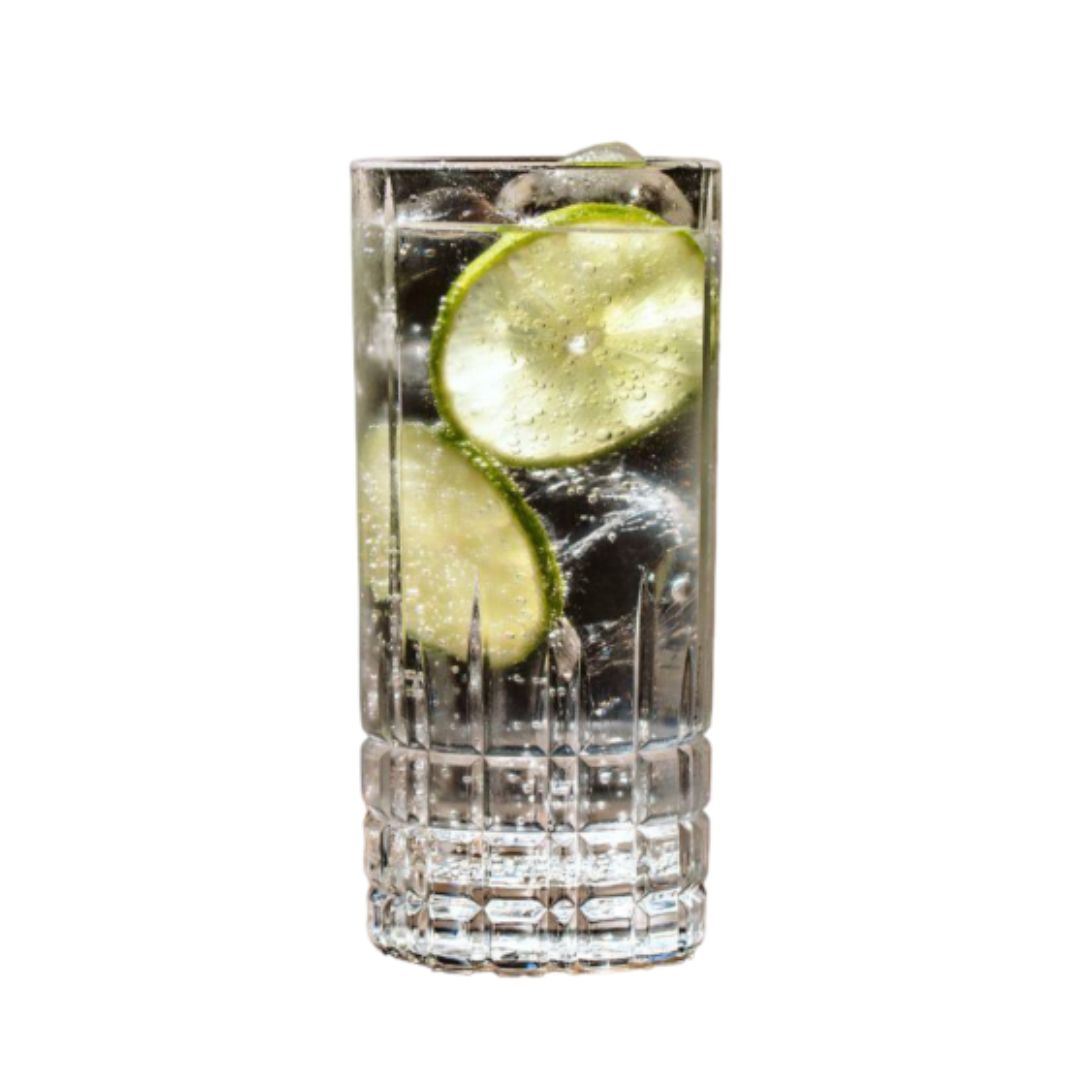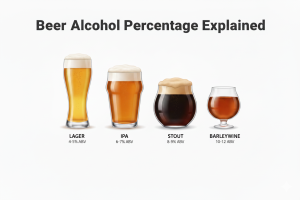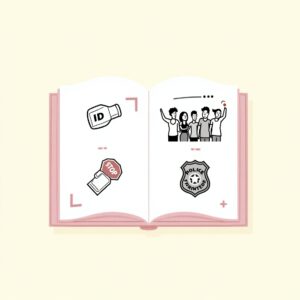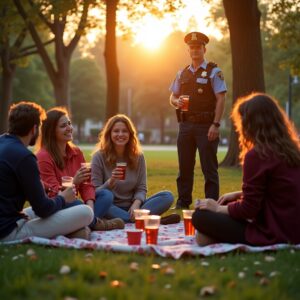Gin and Tonic Alcohol Percentage: 10–15% ABV
A Gin and Tonic, or “G&T” as it’s often affectionately called, is one of the most timeless cocktails out there. It’s crisp, light, and refreshing—perfect for everything from summer brunches to late-night chats. But as simple as it seems, there’s one thing many people are curious about: How strong is a gin and tonic?
On average, a Gin and Tonic contains 10–15% ABV (alcohol by volume), depending on how it’s mixed. Let’s dive deeper into what makes up this iconic drink, how its alcohol content is measured, and the different variations that can affect its strength.
🍸 What Is a Gin and Tonic?
At its core, the Gin and Tonic is a two-ingredient cocktail:
Gin – a distilled spirit made with juniper berries and botanicals.
Tonic Water – a carbonated beverage flavored with quinine, often lightly sweetened.
It’s usually served over ice with a wedge of lime, lemon, or even cucumber, and sipped slowly to savor its botanical brilliance.
But the alcohol strength can vary quite a bit depending on:
The ratio of gin to tonic
The proof (ABV) of the gin used
Whether any flavored tonics or additions are included
📊 Average Alcohol Percentage in a Gin and Tonic
▪️ Classic Ratio: 1 part gin to 2 parts tonic
If you’re mixing 50ml of gin (at 40% ABV) with 100ml of tonic water (0% ABV), the resulting drink has around 13% ABV—similar to a glass of strong wine.
But if you’re heavy-handed or using a stronger gin (say, 47% ABV), you could easily hit 15% ABV or more.
▪️ Lighter Versions
Ready-to-drink (RTD) Gin and Tonic cans sold in stores typically range from 4.5% to 7% ABV, depending on the brand.
So, while homemade G&Ts hover around 10–15%, bottled versions are often designed to be milder and session-friendly.
🍹 Popular Variations and Their Alcohol Content
Let’s take a look at some of the most popular Gin and Tonic variants, and how their alcohol percentage typically falls within the 10–15% range.
1️⃣ Classic Gin and Tonic
Base Alcohol: London Dry Gin or similar
Mixer: Regular tonic water
Garnish: Lime wedge or wheel
Typical ABV: 10–15%
This is the standard gin and tonic we all know and love. A crisp, zesty drink with a nice botanical backbone. The exact strength depends on the ratio used, but it typically hits around 12–14% ABV.
2️⃣ Gin and Tonic with a Twist
Base Alcohol: Any gin
Mixer: Flavored tonic (like elderflower or cucumber tonic)
Garnish: Matching fruit or herb
Typical ABV: 10–15%
Flavored tonics add an aromatic dimension to your G&T. Whether it’s rose, grapefruit, or cucumber tonic, the ABV remains about the same unless the recipe calls for more or less gin.
3️⃣ Citrus Gin and Tonic
Base Alcohol: Gin
Mixer: Tonic water
Extras: Lemon, lime, orange, or grapefruit slices
Typical ABV: 10–15%
Citrus fruits bring brightness to the drink and add visual appeal. Since they’re alcohol-free, they don’t change the ABV—but they do change the flavor profile beautifully.
4️⃣ Botanical Gin and Tonic
Base Alcohol: Gin infused with botanicals (like Hendrick’s)
Mixer: Tonic water
Garnish: Cucumber, mint, or juniper berries
Typical ABV: 10–15%
These G&Ts feel fancy and floral, great for gourmet food pairings. Using a high-proof botanical gin may slightly raise the ABV.
5️⃣ Gin and Tonic with Bitters
Base Alcohol: Gin
Mixer: Tonic water
Addition: A dash of aromatic or orange bitters
Typical ABV: 11–16%
Bitters contain alcohol (often 40–45% ABV), so even a few drops can nudge the drink’s strength a little higher, especially in a smaller glass.
6️⃣ Pink Gin and Tonic
Base Alcohol: Pink gin (usually gin + bitters or red fruits)
Mixer: Tonic water
Garnish: Berries or lemon
Typical ABV: 10–15%
This Instagram-famous drink doesn’t just look pretty—it’s also fruity and fragrant, with a soft bitter edge. Despite the color, the alcohol level is quite similar to a classic G&T.
🥂 Ready-to-Drink Gin and Tonic Cans
If you’re grabbing a pre-mixed G&T from the fridge, here’s what you can expect in terms of alcohol content:
| Brand | Alcohol Percentage |
|---|---|
| Fentimans Gin & Tonic | 6.5% ABV |
| Gordon’s Gin & Tonic (RTD) | 5% ABV |
| Bombay Sapphire & Tonic (can) | 6.5% ABV |
| Tanqueray Gin & Tonic (RTD) | 6.5% ABV |
These RTDs are convenient and balanced, but often have less kick than a homemade version.
🧠 Pro Tips for Measuring Your G&T’s Strength
Check the gin bottle: Most standard gins are 37.5% to 47.3% ABV.
Use a jigger or shot glass: 1.5 oz (45ml) is the standard pour.
Stick to the 1:2 or 1:3 gin-to-tonic ratio for a balanced, not-too-boozy drink.
Want to go lighter? Just increase the tonic water. Want it stronger? Use a smaller glass and skip the extra mixer.
🧊 Glassware and Serving Sizes
Gin and Tonic can be served in:
Highball glasses – Tall and slim for more tonic
Copa de balón glasses – Round Spanish-style gin glasses
Short rocks glasses – Perfect for stronger, smaller servings
Serving sizes typically range from 150ml to 300ml, depending on how refreshing or concentrated you want your drink.
🧪 Why Does ABV Matter?
Knowing the alcohol percentage of your gin and tonic helps you:
Pace yourself if you’re enjoying multiple drinks
Pair it properly with food (lighter G&Ts go well with seafood or salads, stronger ones with meats)
Choose the right glass size and mixer volume
🧾 Final Thoughts
The Gin and Tonic is as versatile as it is classic. Whether you’re sipping a standard version, adding a twist of citrus, or popping open a ready-to-drink can, you now know that the alcohol content typically ranges between 10% and 15% ABV.
So next time you fix a G&T or order one at a bar, you’ll understand what’s in your glass — and how strong it really is.
Cheers to the perfect pour! 🍋🍸








